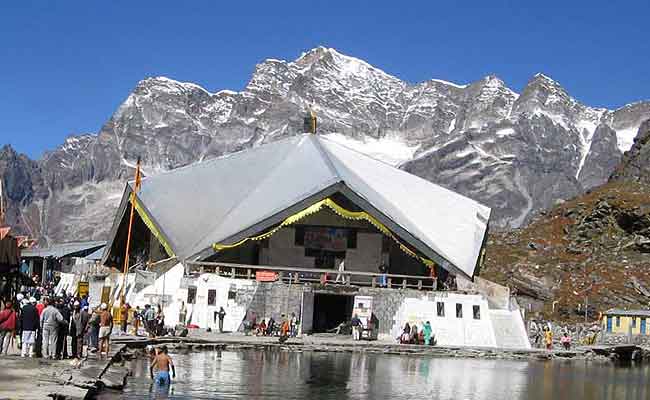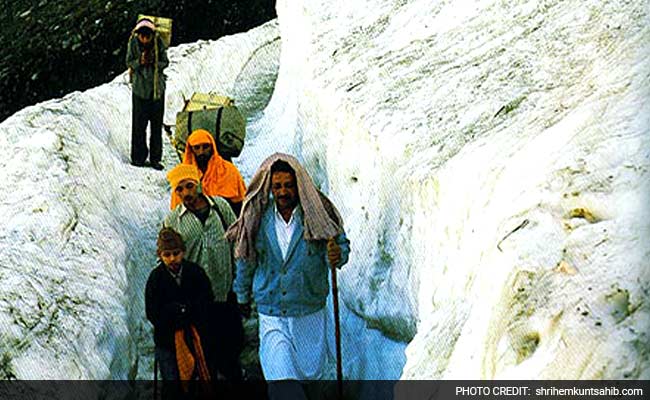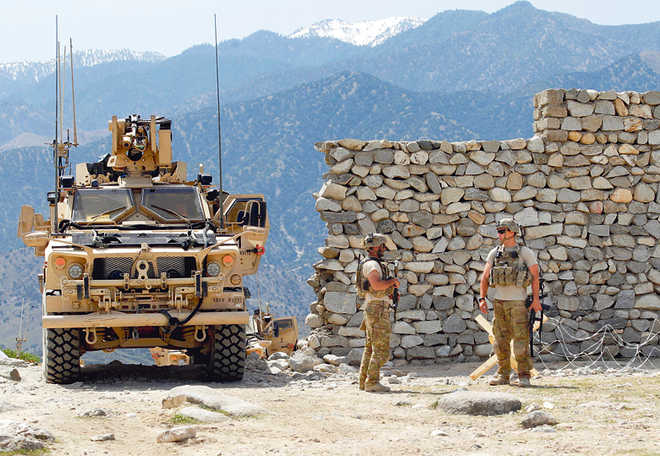
Bound: The withdrawal of US forces will not take place anytime soon.
EVER since the Soviet invasion of December 1979, Afghanistan has been the virtual epicentre of global geopolitical rivalries. Afghans assert that the main cause for their misery and suffering has been the policies and ambitions of their malevolent neighbour, Pakistan. While there was a significant reduction in external rivalries immediately after the post-9/11 American-led military intervention in 2001, the prospects for reconciliation and peace in Afghanistan have now receded. The US and its NATO allies have deep differences with Russia, China, Pakistan and Iran on the way forward for restoring peace in Afghanistan. India and Afghanistan’s Central Asian neighbours regard the role of the Taliban and its ISI mentors with deep suspicions and misgivings.There has been no change in Pakistan’s policies of seeking a takeover of Afghanistan by radical Islamist groups it backs, like the Haqqani Network and the Taliban. India has legitimate concerns, based on past experiences, that a Pakistan-sponsored takeover of Afghanistan will lead to Afghanistan again becoming a centre for Pakistan-sponsored terrorism and aircraft hijacking directed against New Delhi. China has provided very little economic assistance to the democratically elected government in Afghanistan. Beijing has, however, used the ISI to strengthen ties with the Taliban, while backing Pakistan’s efforts to promote a ‘dialogue’ between the Taliban and the Afghanistan government. These joint Chinese/Pakistani efforts, earlier backed by the Obama administration, and designed to promote the Taliban as an ‘equal partner’ in its talks with the internationally recognised and elected Afghanistan government, predictably failed. No self-respecting Afghanistan government can, or will, recognise the ISI-backed Taliban as an ‘equal partner’ in talks about the future of the country.With the Americans occupied in presidential elections, Russia entered the scene. Joined by China and Pakistan, Moscow tried to corner the Afghanistan government by seeking to act as a mediator/facilitator in promoting a dialogue between Kabul and the Taliban. The Afghanistan government rejected Moscow’s offer, which echoed Pakistan’s strategic priorities. New Delhi also saw these developments as a diplomatic effort by Russia, Pakistan and China to give the Taliban unacceptable international legitimacy. As the Indian and Afghan displeasure and unease became evident, the Russians broadened the talks to include India, Iran, the Central Asian republics and the US. The US declined to join, saying that Russia had not answered its queries on what the precise purpose of the Moscow talks was.The recent round of talks in Moscow with the expanded membership ended inconclusively. Backed by New Delhi, Afghanistan rejected Moscow’s moves to act as the ‘good Samaritan’ in brokering talks between the Taliban and the Afghanistan government. The Taliban, in turn, with a so-called ‘office’ in Qatar, wants to be treated as an ‘equal participant’ in any talks with the elected Afghanistan government. Going beyond the limits that China has observed in its ties with the Taliban, Moscow has significantly broadened its contacts with the Taliban, in collusion with Pakistan. According to the Americans and the Afghanistan government, Russia has supplied the Taliban medium weapons, including machine guns. Moscow has also evidently persuaded Iran, its ally in Syria, to back its moves in Afghanistan. Given the American hostility towards it, Tehran has duly obliged Moscow, even though it had earlier worked together with India and Russia to back the ‘Northern Alliance’ against the Taliban. It was amidst these developments that the US National Security Adviser Lt Gen McMaster recently visited Kabul, Islamabad and Delhi. The visit came in the wake of the Trump administration authorising the use of a massive ordnance airburst bomb (MOAB) against the IS positions in the Nangarhar province of Afghanistan, bordering Pakistan. This bombing may have looked spectacular, but was not particularly meaningful. Speaking in Kabul, McMaster averred that the US was weighing diplomatic, military and economic responses to the Taliban and the IS in Afghanistan, adding: ‘Pakistan must pursue its interests in Afghanistan and elsewhere, through the use of diplomacy and not through the use of proxies’.Zalmay Khalilzad, who was the Bush administration’s ambassador to Afghanistan and Iraq, is now in touch with the Trump team on developments in Afghanistan. Khalilzad has indicated that the Trump administration will work with Afghanistan to make it self-reliant and to prevent the country from becoming a terrorist haven again. As this will involve working closely with US allies, Trump’s policies on Afghanistan are to be finalised before the G7 Summit in Italy on May 15. While it appears evident that there will be no precipitous US withdrawal from Afghanistan, Khalilzad’s remarks suggest that while the US and Nato military logistical and training missions and economic support to Afghanistan will continue, the Afghan army will have to be professionalised and trained for combat to meet national challenges. The brutal killing of over 140 soldiers in the northern Balkh province by the Taliban should incentivise the Afghan army to raise its levels of professionalism and strike back vigorously.Pakistan’s continuing links with global terrorism have been reconfirmed by information that Bin Laden’s successor, Ayman al Zawahiri, is now known to be living under ISI protection in Karachi. With the US forces still fighting the Al-Qaeda in Yemen and elsewhere, India and Afghanistan would be well advised to mount a diplomatic offensive in the US and elsewhere, to expose Pakistan’s continuing support for radicalism and global Islamic terrorism. Regionally, India will have to engage Iran, the Central Asian republics and Russia about the need to render unqualified support to the elected Afghanistan government and back its efforts for internal reconciliation. In the meantime, we will have to await the result of the policy review on Afghanistan by the Trump administration, even as we continue to provide economic and military assistance to Afghanistan.Given the growing strategic nexus between China and Pakistan, it would be futile to believe that the Afghanistan policies of either can be influenced by India. Pakistan can be persuaded to change its policies on Afghanistan only if we cooperate with others in raising the costs domestically and internationally for its army’s GHQ in Rawalpindi, in cooperation with others, who are similarly inclined. New Delhi will, no doubt, be considering what can and needs to be done on this score.











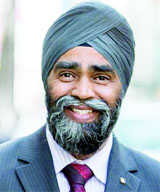
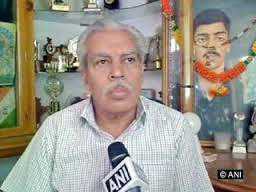

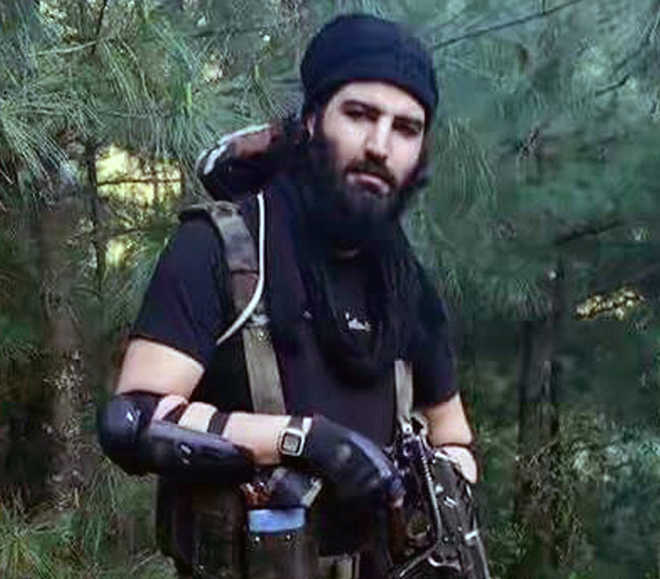
 WASEEM ANDRABI/HT
WASEEM ANDRABI/HT

